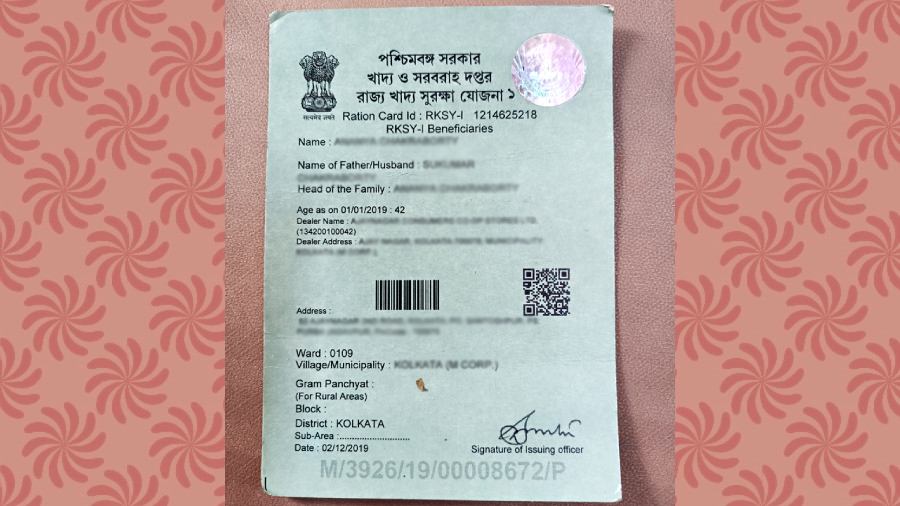
Easy Steps to Verify Your TDS On Fixed Deposit Interest
Fixed deposits (FDs) stand out as a popular financial option for many. These interest-bearing deposits, which are stored within banks, provide a relatively low-risk environment for individual taxpayers by ensuring a guaranteed return on investment.
Tax-saving FDs are particularly interesting, with a minimum time frame of 5 years and an annual primary investment of up to Rs 150,000 eligible for deduction under Section 80C of the Income-tax Act of 1961.
According to the resources, investors can personalize their experience by selecting an interest payment mechanism – monthly, quarterly, yearly, or reinvestment of interest with the principal amount.
When it comes to FD interest, tax worries come into play. Individual taxpayers must disclose interest income as taxable. When the yearly interest credited exceeds Rs 40,000 (Rs 50,000 for seniors aged 60 and above), banks are required to implement ‘Tax Deduction at Source’ (TDS) at a 10% rate, according to Section 194A of the Act.
The TDS process requires deductors to withhold a predetermined proportion of revenue and submit it to the government. Failure to furnish a Permanent Account Number (PAN) by the deductee results in a 20% TDS rate. Non-residents pay a fixed 30% TDS, plus a 4% health and education.
Individuals must be careful while filing their tax returns. Recognizing FD interest income as taxable and crediting TDS deducted by the bank against the overall tax due is important. There are two ways to verify TDS amounts:
Form 16A: Form 16A is a certificate for the deduction of tax at source issued by the deductor to the deductee. This form includes important information such as the deductor’s name, address, PAN/TAN, deductee’s PAN, interest data, and tax deducted and submitted with the government. It is issued quarterly and must be received within 15 days of the quarterly TDS return filing deadline.
Form 26AS: This comprehensive statement, available on the TRACES site, includes a variety of tax-related information for individual taxpayers. From TDS and tax collected at source (TCS) to advance tax, self-assessment tax, and income tax refunds, Form 26AS provides a comprehensive perspective. It is accessible through the income tax e-filing site and is a credible source for validating taxes deducted from FD interest.
An interesting fact for people with income below the taxable limit: they can request a TDS waiver on FD interest by filing Form 15G (15H for senior citizens) at the start of the fiscal year.



